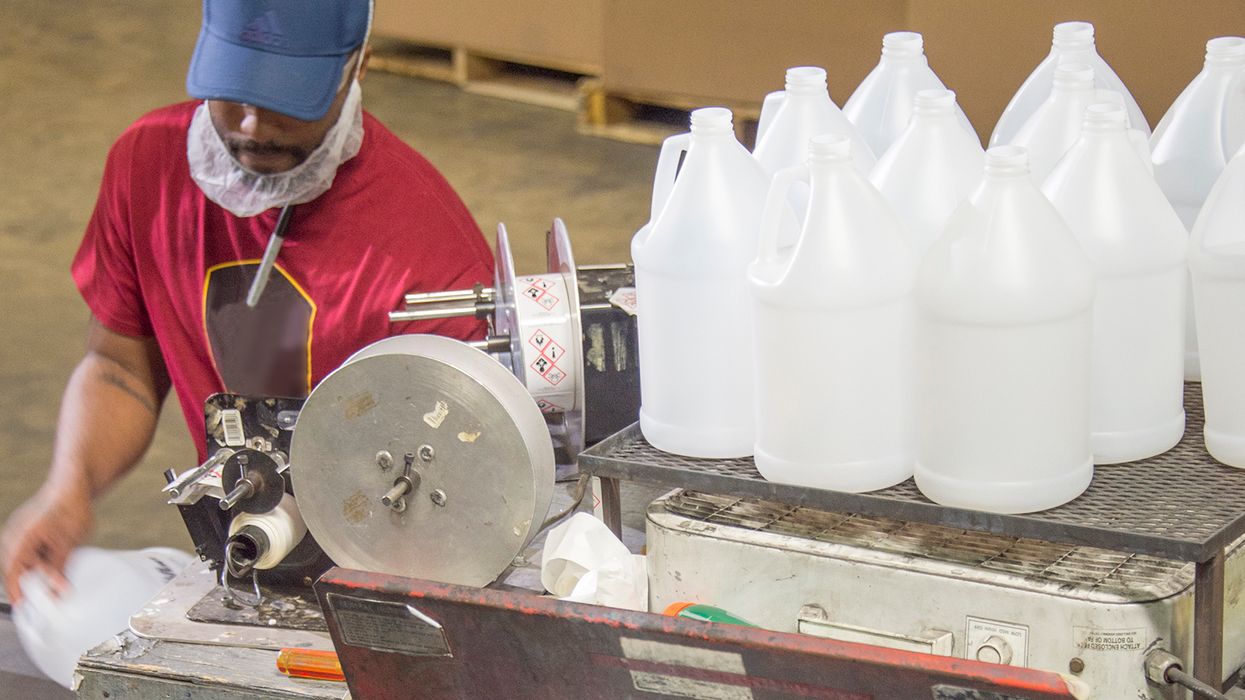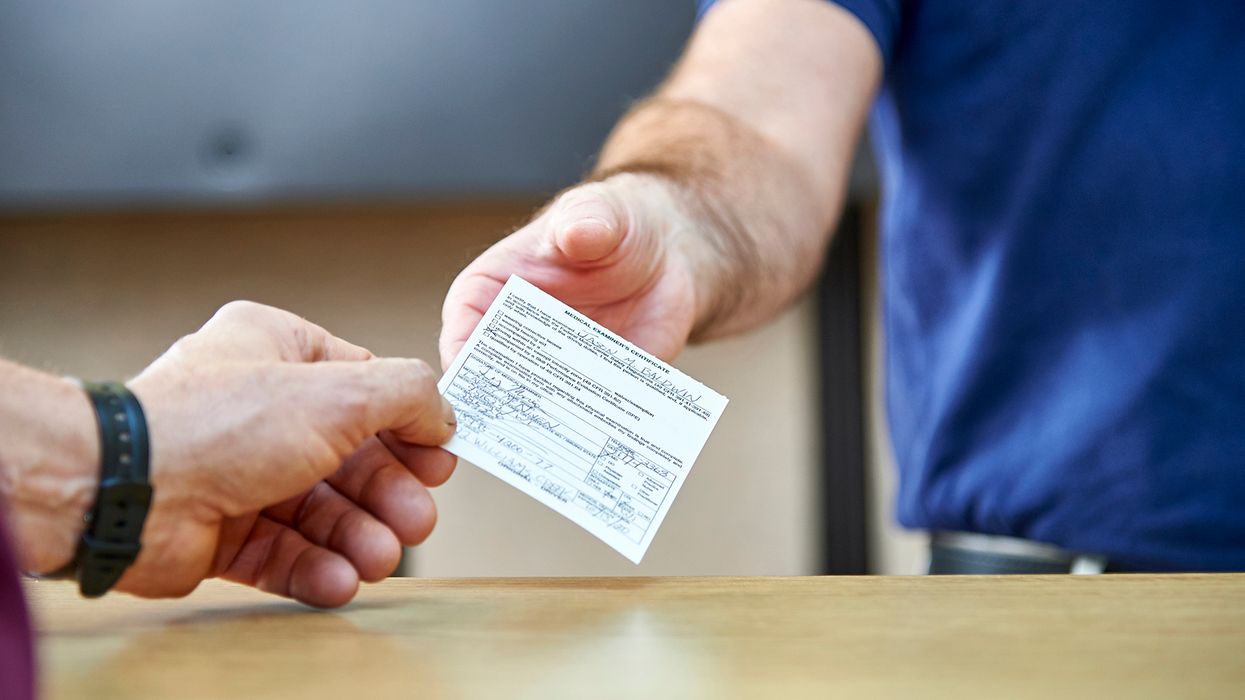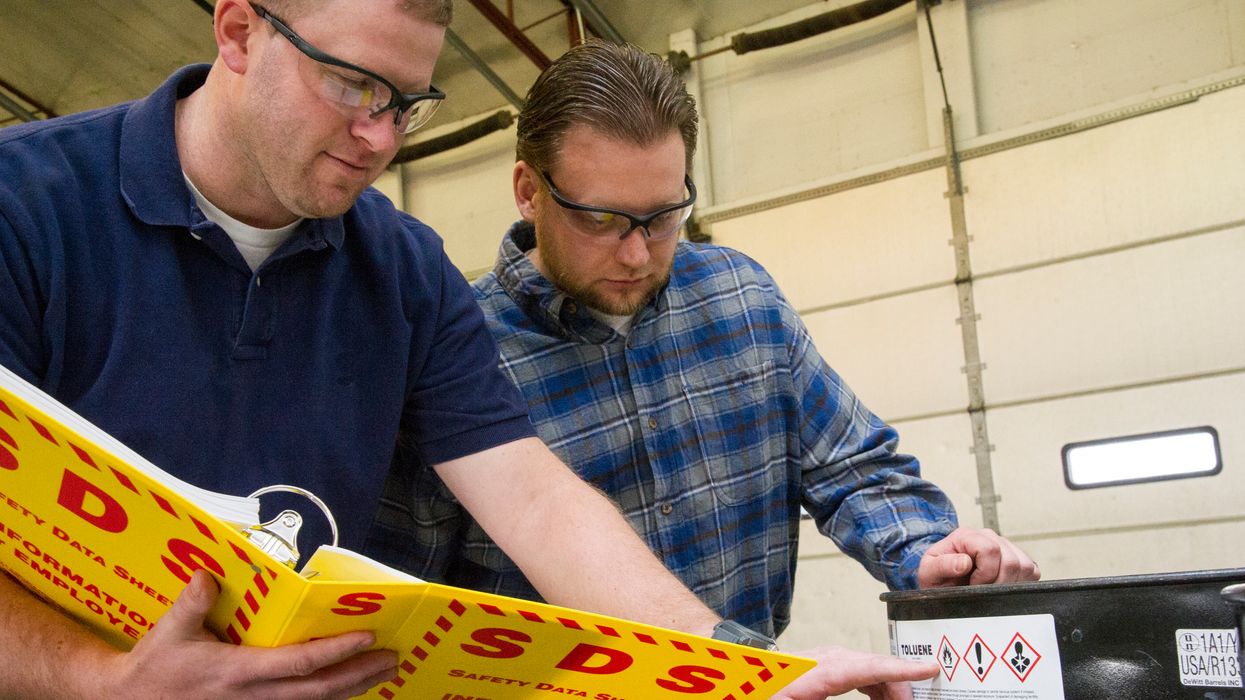How to fix mistakes in the Clearinghouse
A violation that’s entered by mistake into the Drug and Alcohol Clearinghouse can lead to serious consequences that impact a driver’s career. The driver must contend with a Clearinghouse status of prohibited and a downgraded commercial driver’s license (CDL).
Because so much rides on the accuracy of the driver’s record, it’s important to address any errors as soon as possible.
Data corrections by employers, MROs, and CTPAs
The Clearinghouse doesn’t provide an option to directly change a violation that was previously entered. Instead, employers, medical review officers (MROs), and consortium/third-party administrators (C/TPAs) are provided with the following steps when logged into their account:
- Go to My Dashboard.
- Select Violations and access Violation History.
- Click Request to Remove Violation.
- Enter a reason when the pop-up window appears.
- Click Request to Remove Violation.
The Federal Motor Carrier Safety Administration (FMCSA) will then review the request. If approved, the agency will remove the violation from the driver’s Clearinghouse record.
How drivers challenge Clearinghouse data
Unlike those who provide data, drivers who identify errors on their personal records can’t use their Clearinghouse portal to contact FMCSA. Instead, they must use a federal database called DataQs to submit a petition for data review.
To submit the petition, the driver must have a DataQs account or register for one. In addition, the driver must have a login.gov account. There are no fees associated with either account.
When logged into DataQs, the driver is directed to:
- Click on Start a New Request.
- Select Drug & Alcohol Clearinghouse.
- Select a reason for request from those provided:
- A challenge to the accuracy of reported information,
- A traffic citation entered by employer that did not result in a conviction,
- Actual knowledge that did not comply with reporting requirements, or
- A refusal to test violation that did not comply with reporting requirements.
- Enter personal information (name, address, phone, license number).
- Respond to the question whether this violation is preventing the performance of safety-sensitive functions (382.717(e)) by selecting Yes.
- Enter the Clearinghouse record ID number listed under the driver’s Violation Record in the Clearinghouse.
- Summarize why the driver wants FMCSA to review this information.
- Attach supporting documentation.
- Certify the information is true, accurate, and complete by checking a box and then submit the request.
Note that drivers are unable to challenge the accuracy of test results or refusals.
What information can and should be corrected?
There may be instances when new information comes to light requiring a submitter to remove a violation.
MROs must request to remove a violation when their official result is changed. This happens when:
- A split specimen fails to reconfirm the original result, or
- Extenuating circumstances delay the driver from providing an acceptable medical explanation.
There are occasions when the employer may not understand what they’re required to report. Some examples that shouldn’t have been submitted to the Clearinghouse and must be removed include:
- Refusals to test that don’t qualify, such as a pre-employment test when the applicant didn’t show up or left before the collection process started; and
- Situations that don’t qualify as actual knowledge, such as:
- Hearsay,
- An admission under a voluntary self-identification policy, and
- Failed non-DOT drug and alcohol tests.
There may be times when a test was performed in error and the MRO reports a failed drug test. A common occurrence is a non-CDL holder who was tested using a DOT form. Since the violation was not reported by the employer, they can’t use their Clearinghouse dashboard to request its removal. If the MRO doesn’t downgrade the test, the employer or driver must use DataQs to petition its removal.
Key to remember: If incorrect information is provided to the Clearinghouse, the driver’s livelihood will be impacted. It’s crucial that FMCSA is contacted and asked to correct the driver’s record.


















































